
Think living in Japan is crazy expensive? Think again.
“Someday, I’m gonna move to Japan!”
If you’ve spent much time on our site, odds are that’s something you, or at least someone in your circle of like-minded friends, has said at some point, and we totally understand. Each and every member of the SoraNews24 team, at some point in their life, packed up their bags and headed across the ocean to relocate to Japan.
But while moving to Japan may be your dream, it’s a dream that’s dependent on economic realities. Once you arrive, you’re going to have to pay rent and other bills, and though that’s not unique to Japan, those expenses can be hard to gauge from outside the country. It’s especially important to predict what your living expenses are going to be, though, because moving all the way to Japan means you’re going to be pretty far away from your home-country support groups. Raiding Mom and Dad’s fridge because you’re short on grocery money, or crashing on your college buddy’s couch because you wound up not being able to afford your own place, aren’t really options when said parents and friend are a 12-hour flight away.
So how much money do you need to live on your own in Japan? Japanese real estate portal At Home recently conducted a survey of its nationwide users, asking them what their expenses were when moving into and living in their first apartment where they lived alone (so no roommates), and got the following data.
1. Move-in costs

In Japan, you’ll generally go through a lot of cash before spending even your first night in your apartment. Aside from security departments, there’s reikin, or “key money,” a one-time non-refundable gratuity paid to your landlord prior to moving in. Though not always required, reikin is pretty common, and usually equal to one or two months’ rent.
In addition, most Japanese apartments are completely unfurnished. In addition to furniture, curtains, and a refrigerator, you’ll probably need to buy a washing machine (Japanese apartment buildings never have shared laundry facilities, and coin laundromats are becoming increasingly rare in Japan). Cooking stoves and light fixtures aren’t standard, so you’ll possibly need to purchase those, and some apartments also don’t have heating/air conditioning units either, so installing one can be another expense.
Add all of those up, and the 229 respondents for this section of the survey paid, on average, 359,908 yen (US$2,834) in move-in costs.
2. Monthly rent
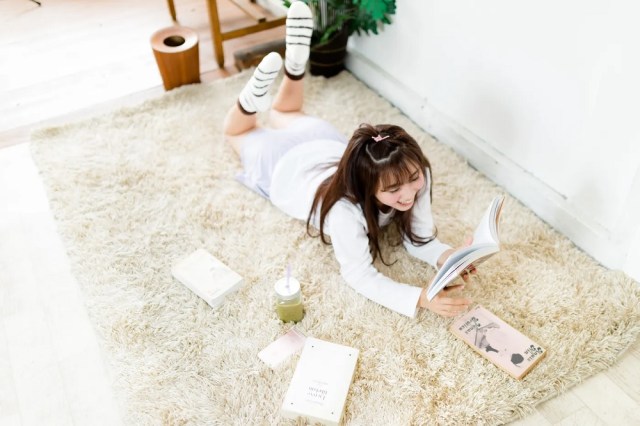
Obviously, this is going to be the living expense with the biggest potential variations, depending on where you’re living and how large of a place you want. The 377 respondents to this question, though, paid an average of 54,642 yen (US$430) for their monthly rent.
That doesn’t mean they were all living in rundown neighborhoods or out in the boonies, either. One woman reported paying 50,000 yen a month for an apartment in Shimokitazawa, one of Tokyo’s trendiest youth neighborhoods, and even respondents living along the Yamanote train line that marks the city center of Tokyo were able to find apartment for 90,000 yen or less.
3. Utilities
No matter how much of a simple, minimalistic lifestyle you lead, you’re not just going to be sitting quietly in the dark whenever you’re at home. So you’ll need electricity, gas, water, and, in these modern times, Internet service. The survey asked about each of those separately, with the number of respondents ranging from 302 to 324, and the monthly averages were:
● Electricity: 3,836 yen
● Gas: 3,674 yen
● Water: 2,194 yen
● Internet: 4,170 yen
● Total 13,874 yen (US$109).
There’s one wrinkle here. 17 percent of the respondents said they lived in an apartment where Internet service was included for no extra charge as part of their monthly rent, so the average monthly cost for those who did pay for Internet service would be higher than 4,170 yen.
4. Food
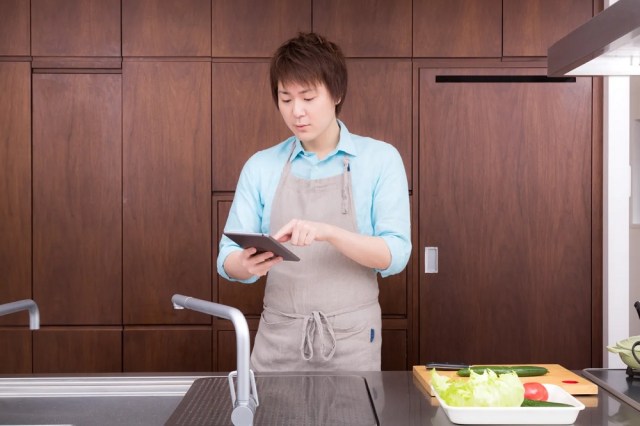
The data gets a little complicated for food expenses, since a major factor is how often you eat out. While Japan has some great deals on takeout and pre-packaged foods, doing your own cooking is often still the most reliable way to fill yourself up without emptying your wallet, especially if you don’t live in easy walking distance of multiple supermarkets where you can throw together a no-cooking meal out of whatever side dishes have half-off discount stickers on them.
Broken down into groups by how often they cooked for themselves, the 366 respondents’ monthly foo expenses were:
● I cook for myself every day (45 percent of respondents): 20,880 yen
● I cook half of my meals for myself (27 percent): 26,505 yen
● I sometimes cook for myself (15 percent): 32,241 yen
● I never cook for myself (12 percent): 37,846 yen
The average across all those responses? 29,363 yen (US$231) a month.
5. Total expenses
OK, so let’s summarize all of that in a single list.
● Move-in costs: 359,908 yen
● Monthly rent: 54,642 yen
● Electricity: 3,836 yen
● Gas: 3,674 yen
● Water: 2,194 yen
● Internet: 4,170 yen
● Food: 29,363 yen
So after that 359,908 yen to get settled in…
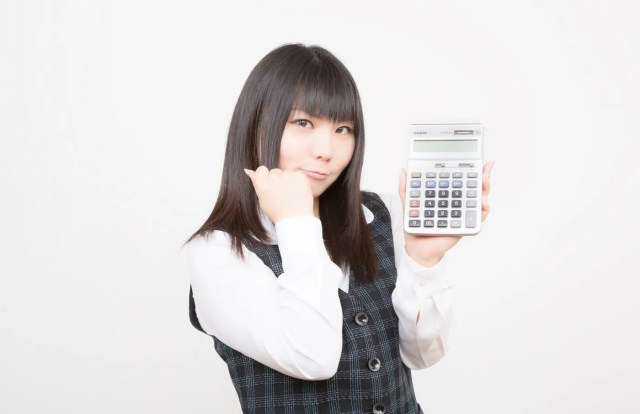
…the total monthly expenses are 97,879 yen (US$771) a month.
What with Japan’s reputation as being one of the most expensive places on the planet, I’m guessing that seems shockingly low to some people (and the current weakness of the yen versus the U.S. dollar makes it look even cheaper). Before you get the idea that finding a job where you can earn even 97,879 yen a month means you’re ready to live a life of bliss in the land of the rising sun, there are a few other things to consider.
First off, this list doesn’t include transportation costs. Granted, some of the respondents mentioned living in downtown Tokyo, so odds are they don’t have especially long commutes, but as long as you’re living outside walking/biking distance to work, odds are you’re going to be needing for a rail pass, or at least train tickets, regularly.
Also not on the list: taxes. Rates vary by where you’re living and how much you’re earning, but in general you can expect to pay at least 10 percent of your income as national income taxes, and another 10 percent or so for local income/resident taxes.
Perhaps most importantly, that 97,879 yen a month doesn’t account for any entertainment expenses. I’m going to go out on a limb and guess that that dream of moving to Japan you have is predicated on something you want to do in Japan other than staring at the walls of your apartment. Whether you want to visit the Great Buddha of Kamakura or the Final Fantasy cafes, to sip sake or Japan-exclusive Frappuccinos, all of those need to be added on top of that 97,879 yen-a-month budget.
▼ Regardless of how undeniably worth it those expenditures will be.
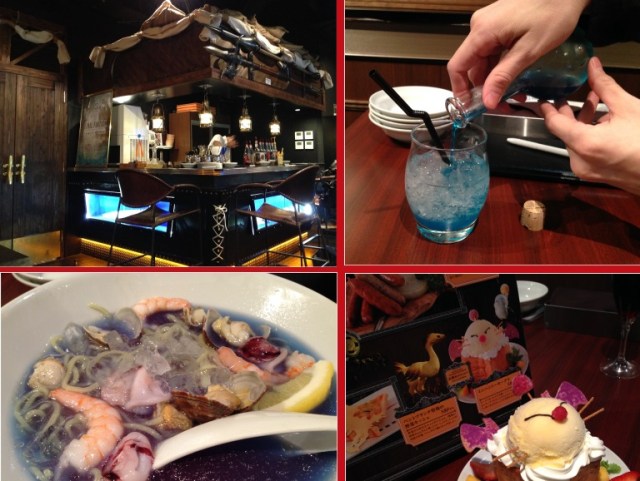
And last, and most importantly, the averages from the survey are just that, averages. So if you’ve got your heart set on living in a specific part of Japan, or there are certain apartment features or amenities you just can’t live without, some deeper digging with local realtors will arm you with information tailored to the exact lifestyle you want to lead.
Still, if rumors about the high cost of living in Japan are making you think you have to give up on the idea of making the move, the survey shows that you don’t have to be rich to make a life here.
Source: At Home
Top image: Pakutaso
Insert images: Pakutaso (1, 2, 3, 4), SoraNews24
● Want to hear about SoraNews24’s latest articles as soon as they’re published? Follow us on Facebook and Twitter!
Credit:
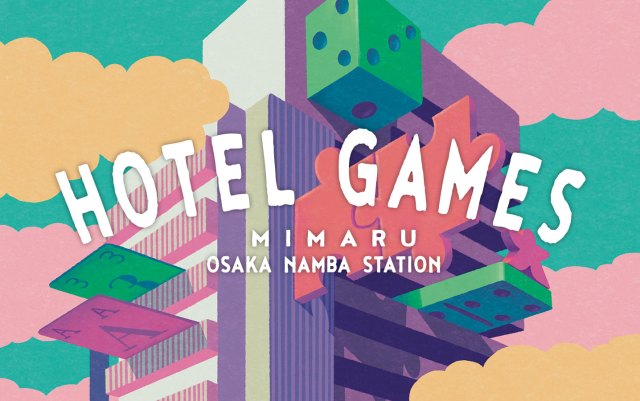
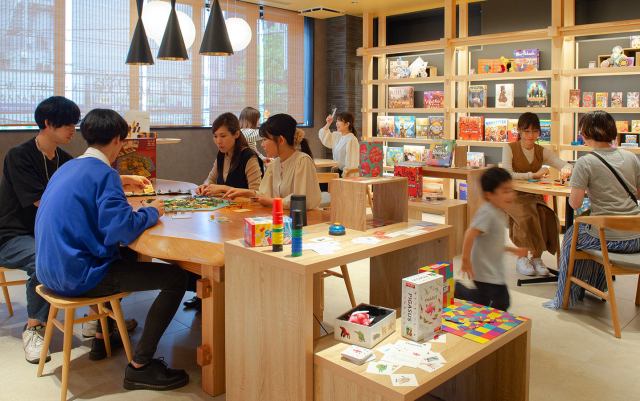
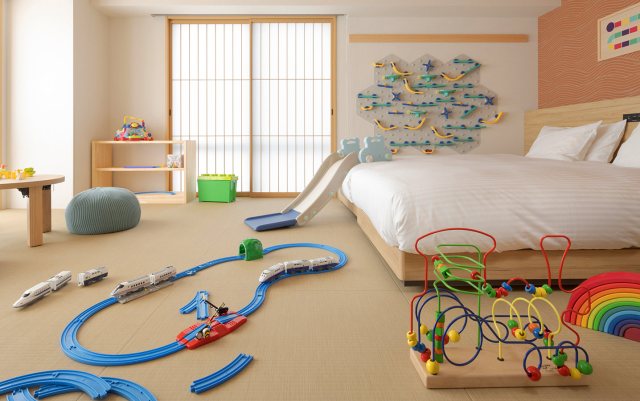
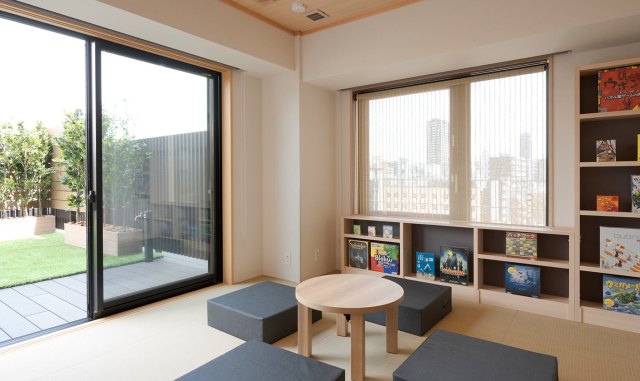
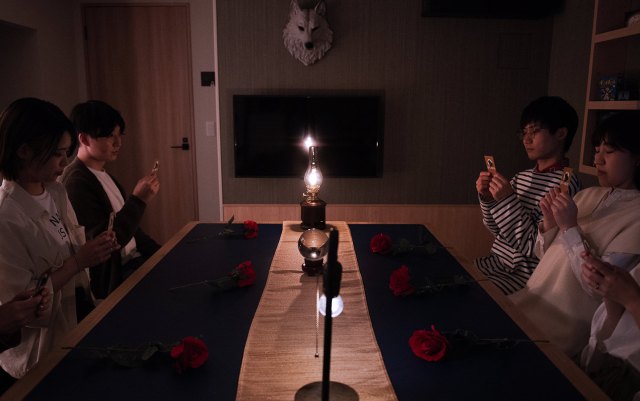

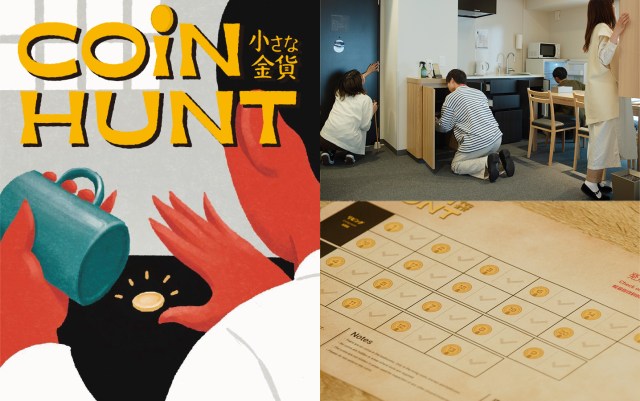
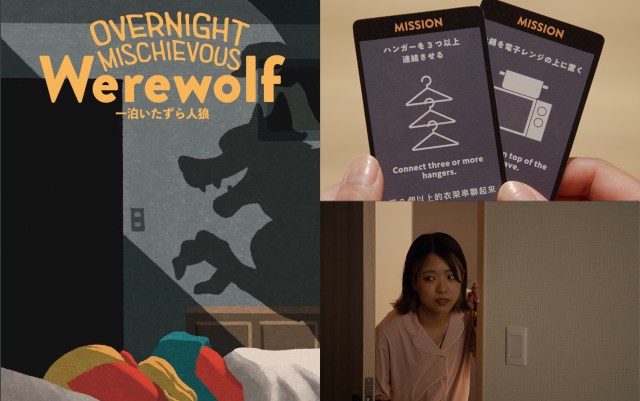
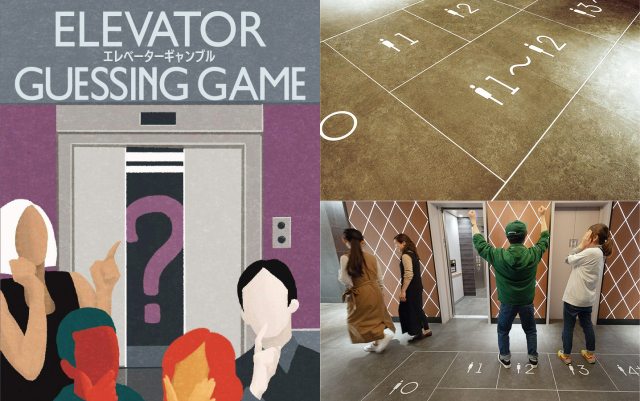
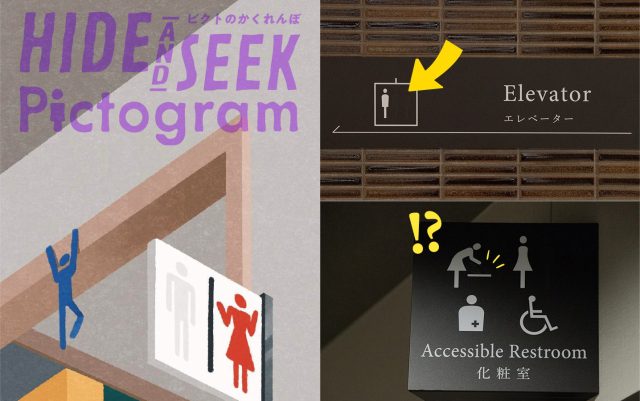
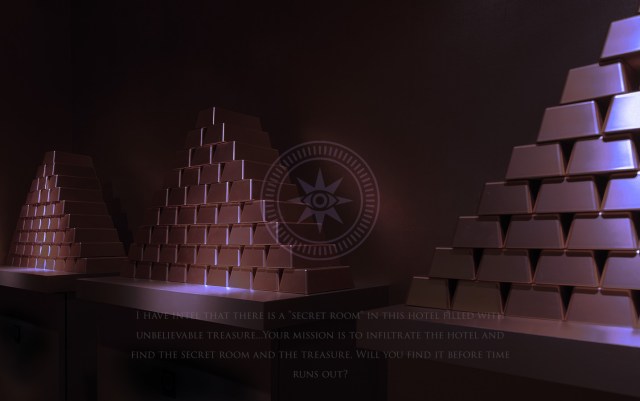
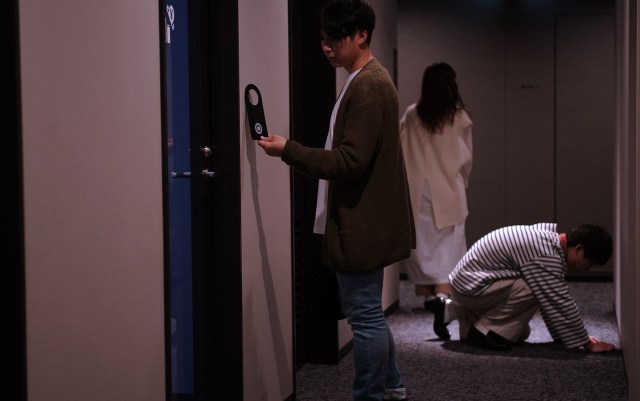
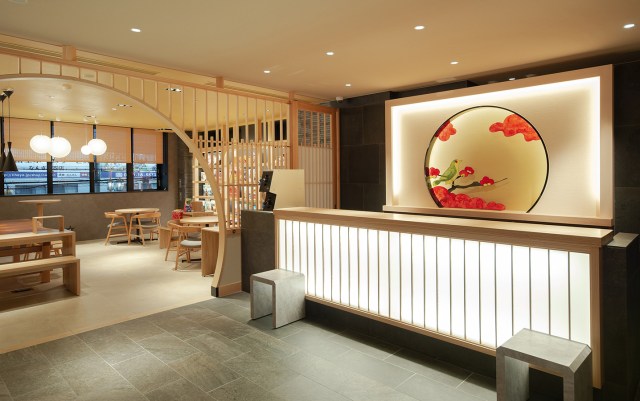

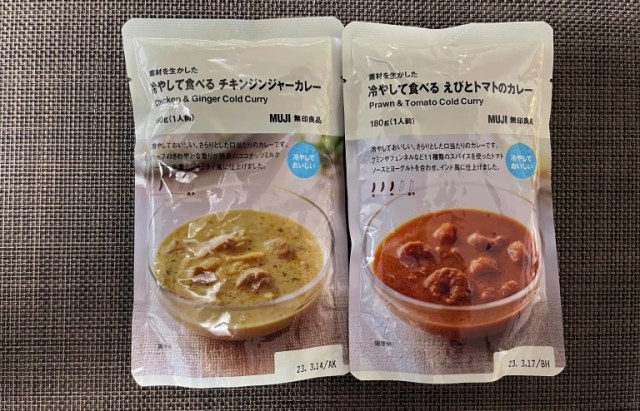
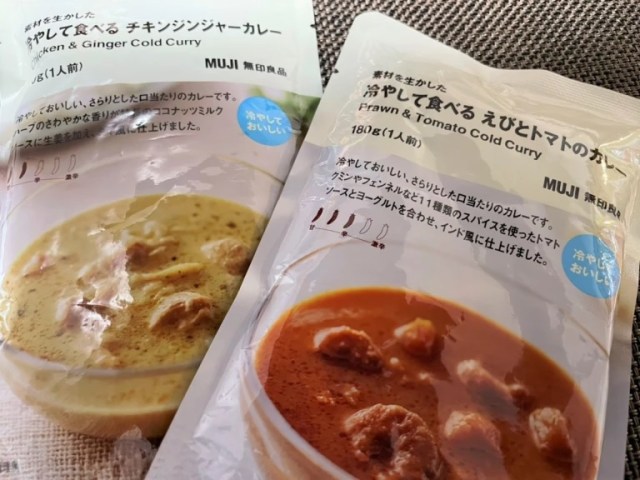
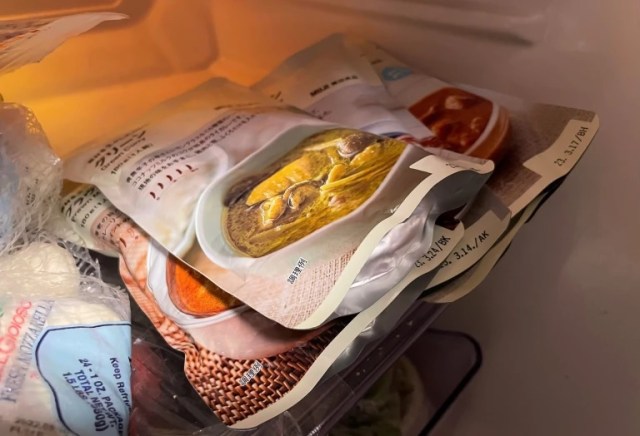
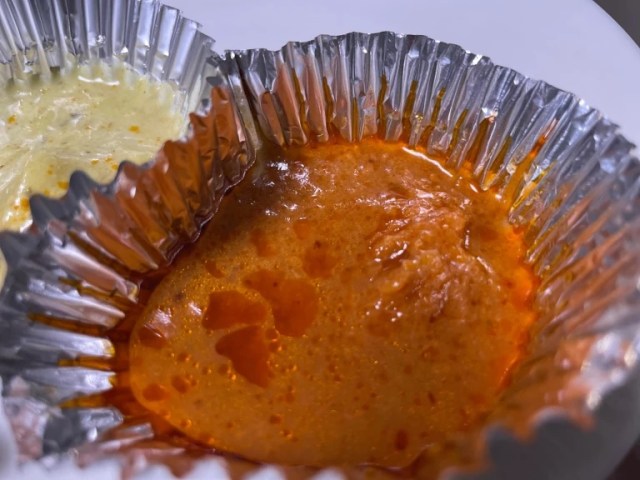
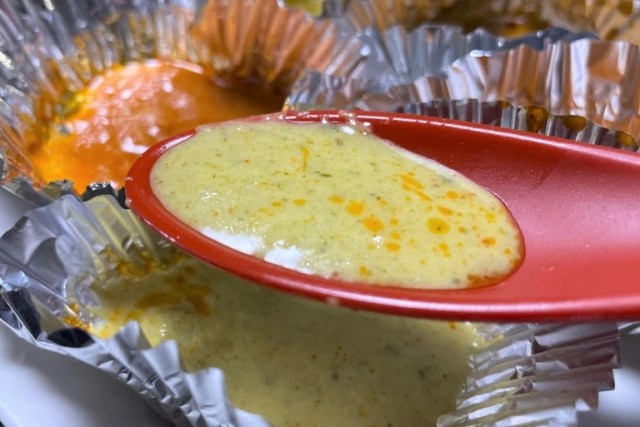
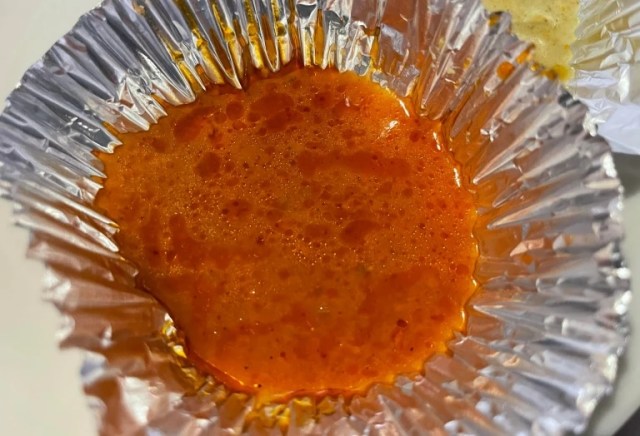
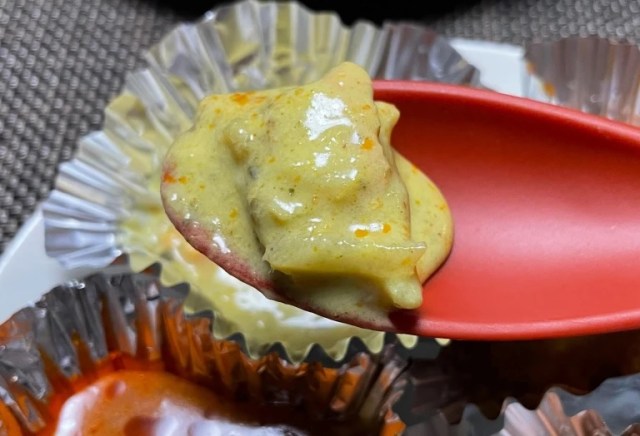






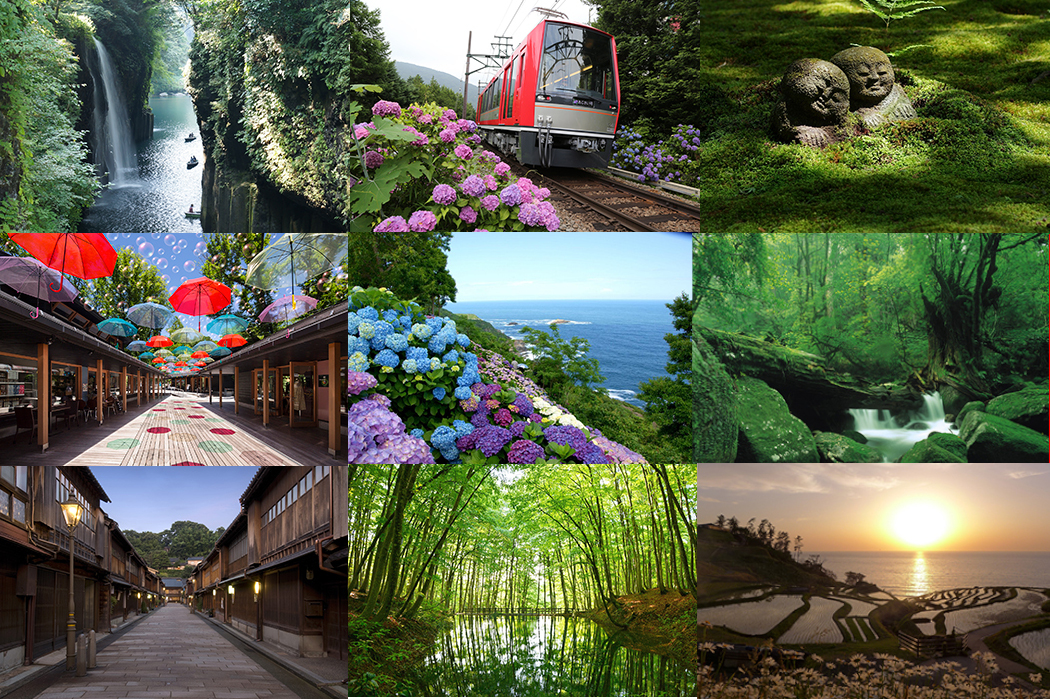
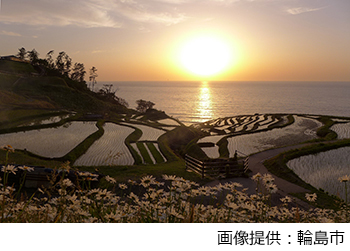
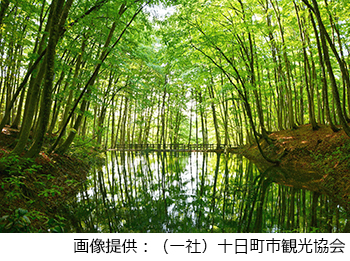

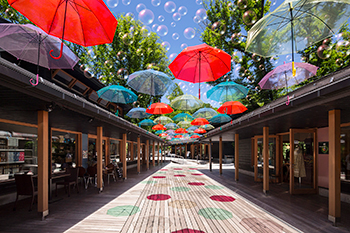
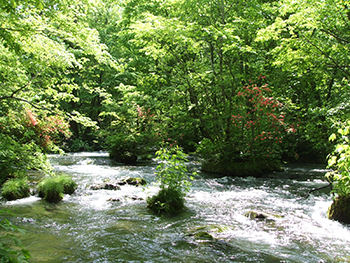
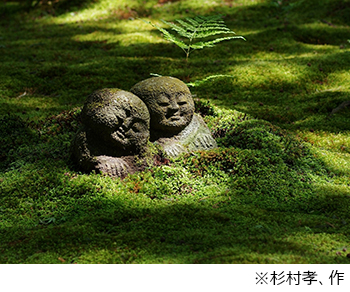
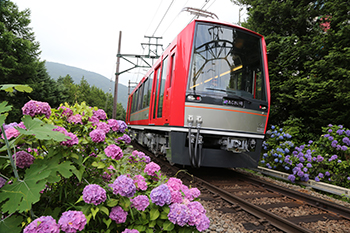
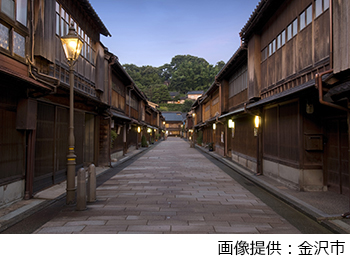
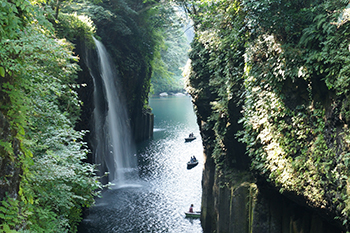

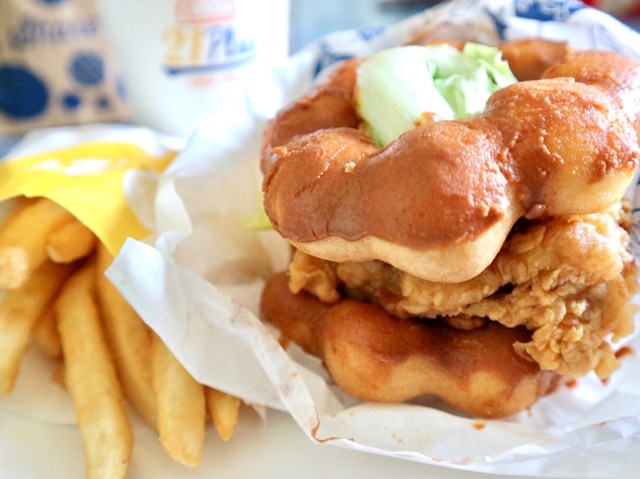

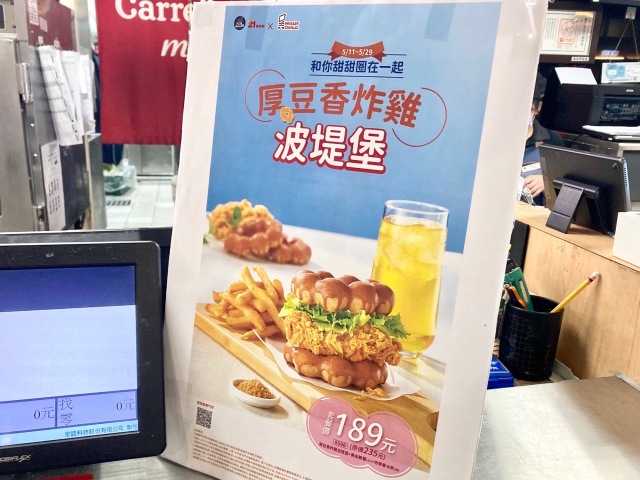


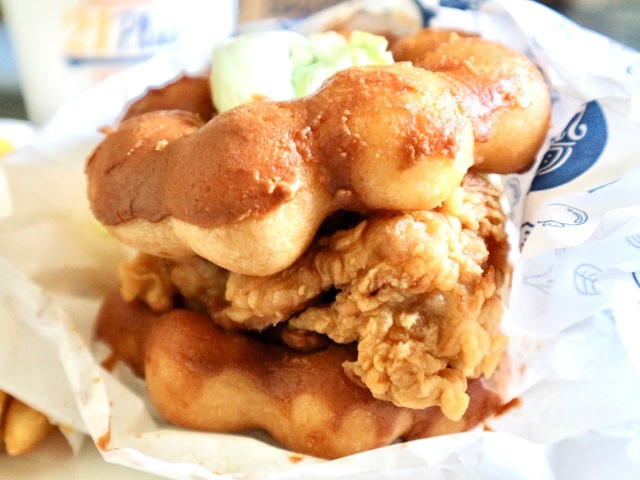
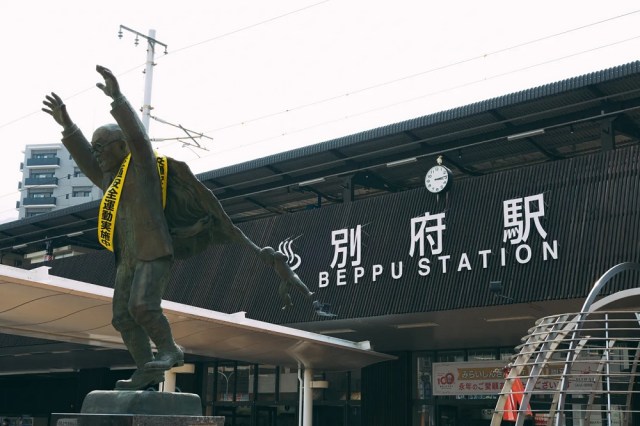
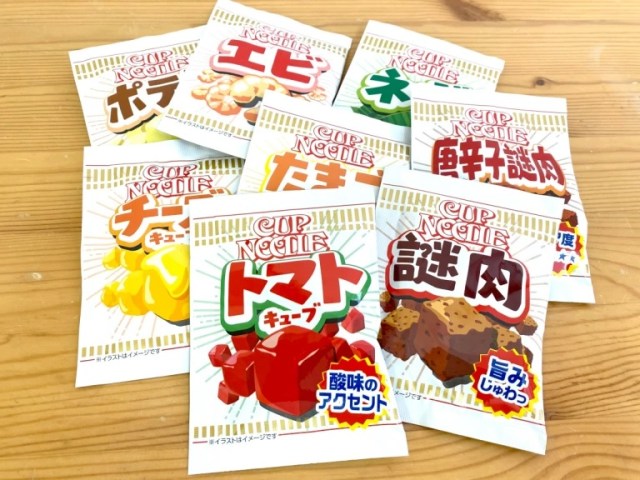
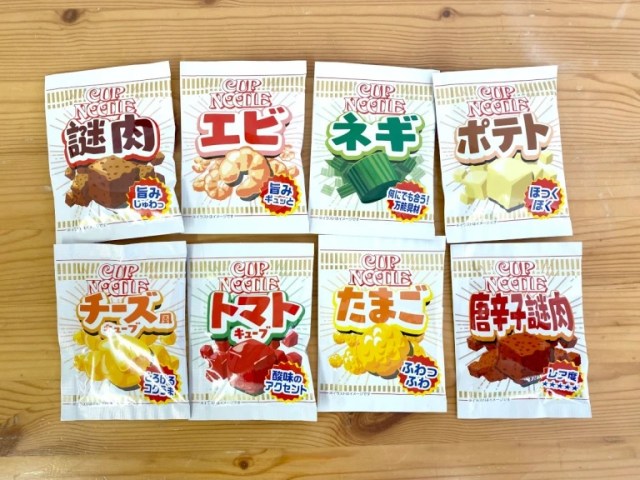

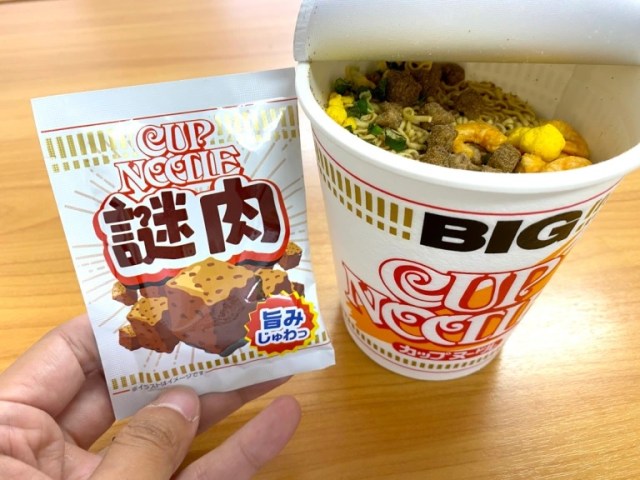
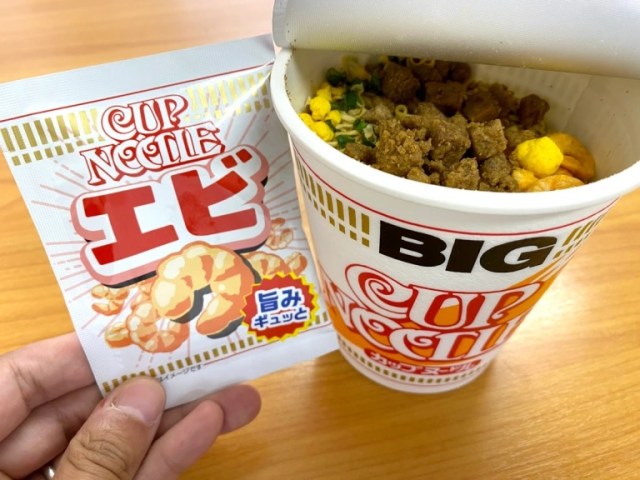
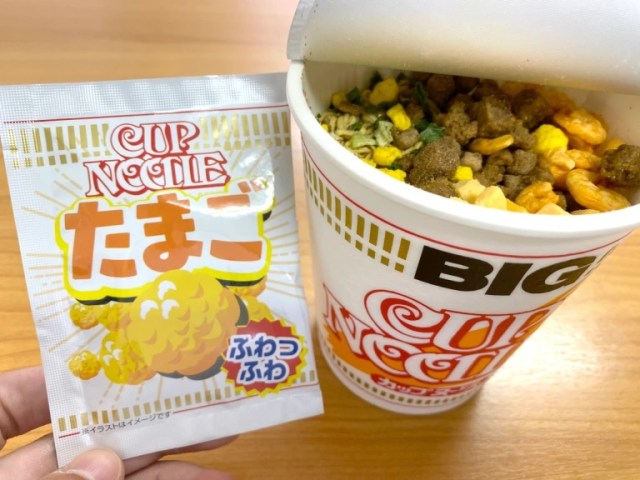
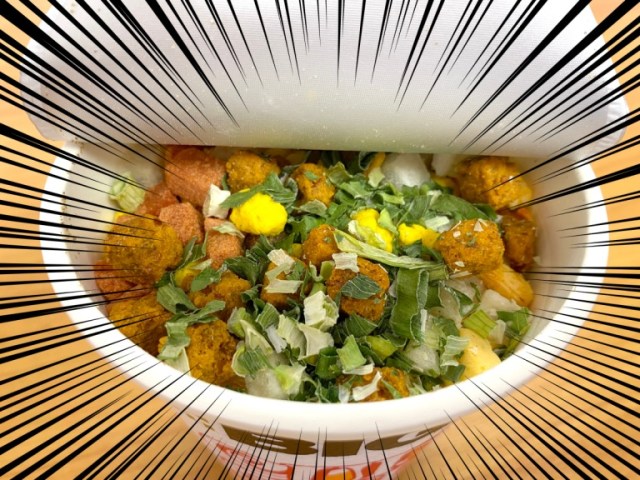

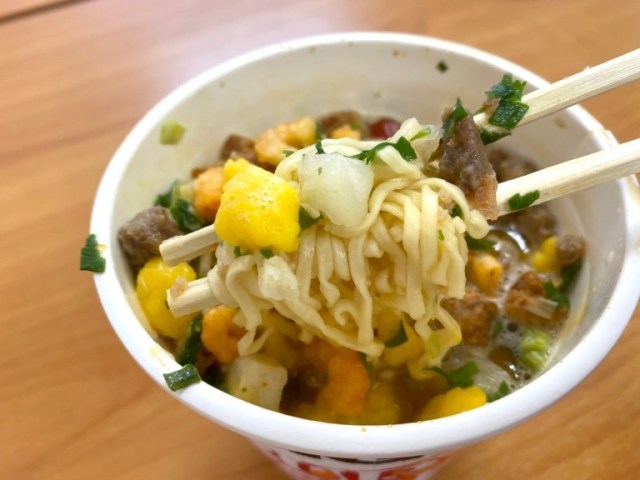
0 comments:
Post a Comment